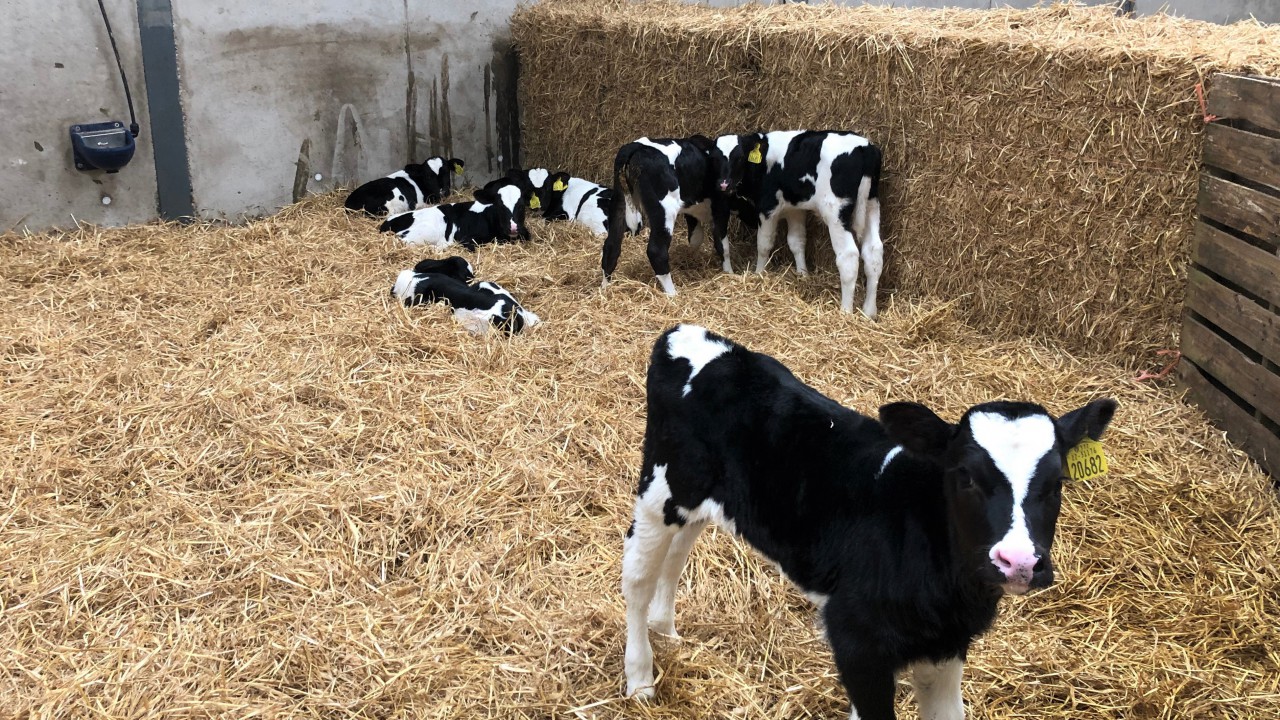MSD Animal Health is urging dairy herd managers to ensure post-weaned calves receive the same level of care and attention as their younger and older cohorts to help prevent disease.
Veterinary advisor for MSD Animal Health, Kat Baxter, said not all calves in the 3-12 month age bracket receive the necessary attention they need to keep them free from key diseases, like pneumonia (bovine respiratory disease -BRD) and scour.
“When not diagnosed or treated quickly enough, both diseases can lead to short and long-term effects including a 6kg/month reduction in daily liveweight gains, a 525kg loss in first lactation yield, lower sales values for youngstock, and an increased susceptibility to other diseases later in life,” Baxter said.
“And while pre-weaned calves typically receive plenty of care, there is a risk that the level of attention received might fall away after weaning – either due to a lack of time, the animals being housed off-site, or because of the assumption that they require less management.”
However, research shows that post-weaned calves are still very susceptible to performance restricting illnesses and must therefore be managed accordingly, she said.
“Any disease that occurs in an animal’s first two years will reduce its ability to achieve its lifetime genetic potential.
“Effective youngstock disease prevention is therefore essential to safeguarding the herd’s future performance.”
Disease prevention
Despite this, only 1.6% of herds receive a routine youngstock-specific visit from the farm’s veterinary surgeon, MSD Animal Health said.
Baxter said this is despite the fact that 78% of British dairy herds experience BRD and/or scour in their youngstock, with as many as 49% suffering calf mortality as a result of either or both of the diseases.
“As a result, as many as 50% of dairy animals don’t achieve their full genomic potential,” she said.
Correctly caring for calves during the entirety of their first 12 months is therefore critical to protecting the farm’s investment in genomics, fertility management and calf-rearing, she said.
“The easiest and most effective way of protecting youngstock from BRD and scour is via immunity-led disease prevention,” Baxter said.
“This is best achieved through good colostrum management and by ensuring nutrition and the youngstock housing environment are as good as possible.
“Working with the farm’s vet to implement a robust vaccination programme to boost the animal’s natural defences should also be considered.”
Monitoring
In addition to a proactive vaccination protocol, the next most important step is to ensure youngstock are monitored frequently so that any symptoms of illness can be identified and treated before the disease gains a stronger foothold, Baxter said.
“Staffing issues, including a shortage of experienced staff and time constraints, can make it challenging to spot sick calves, especially if the herd’s post-weaned youngstock are located away from the main farm.
“Calves will use masking behaviours to hide some symptoms, meaning that by the time the first signs of illness have been observed (drooping ears, scours, inactivity), the affected animal will already be quite ill.
“In severe cases this could have a knock-on effect for the remainder of the animal’s life, or in the very worst cases result in mortality.”

